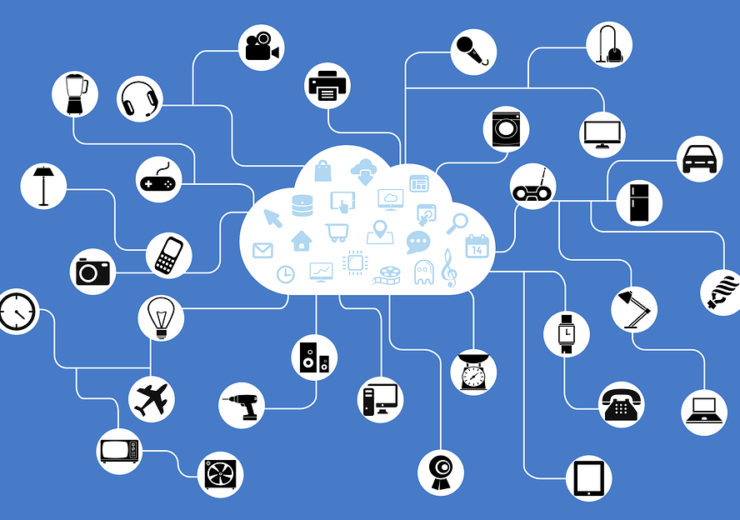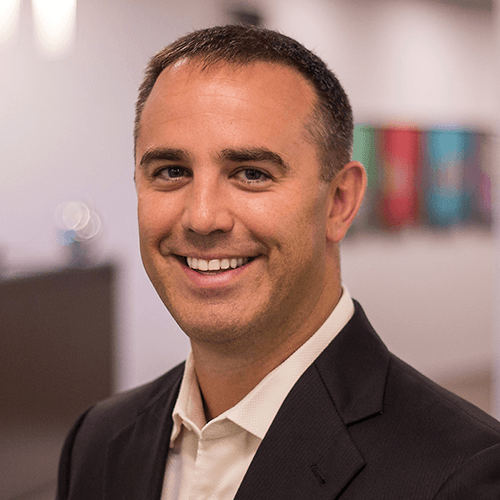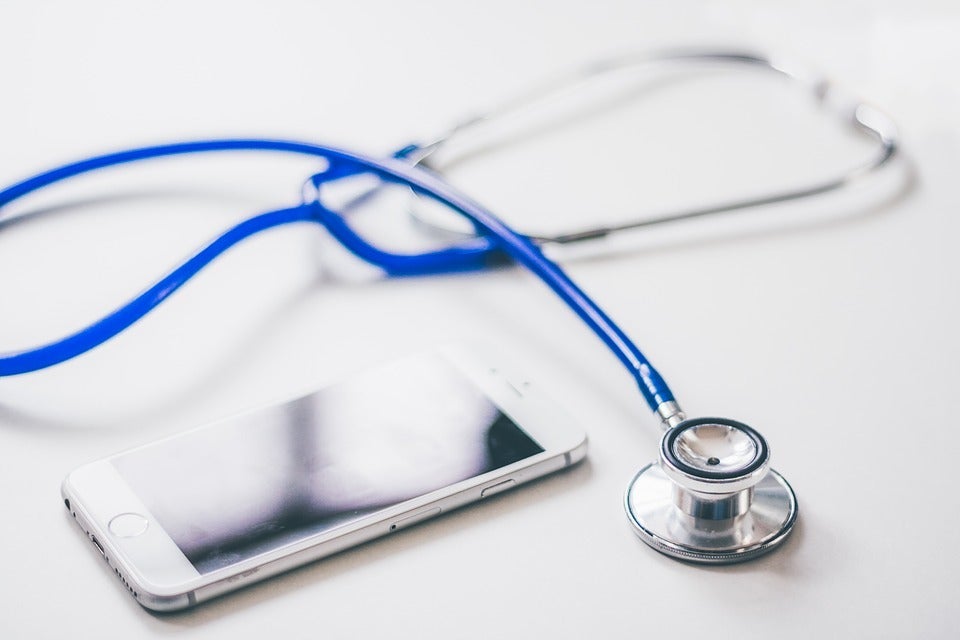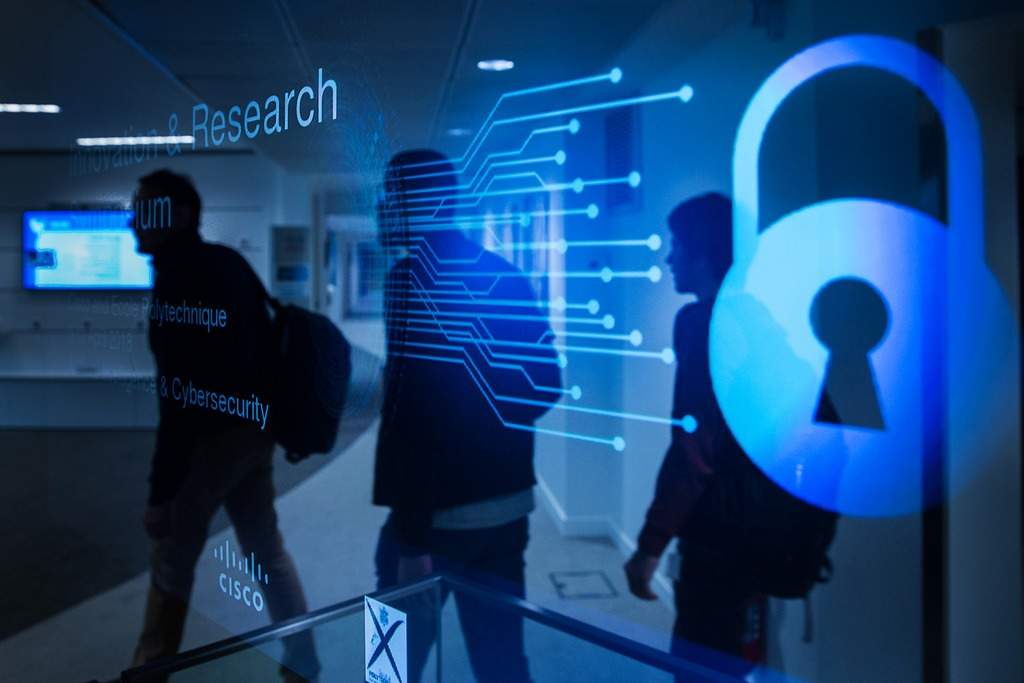We speak to Chris Adams from Park Place Technologies to look at how hospitals are leveraging IoT and data analytics to improve the patient experience

The Internet of Things (IoT) is emerging as a key area for growth and investment, with connected devices providing valuable data sharing capabilities and aiding the automation of processes (Credit: Pixabay)
The Internet of Things (IoT) is emerging within the healthcare industry as an area with huge potential to improve patient experience in hospitals and the care provided by the NHS through the collection of invaluable additional data.
Since the enforcement of GDPR across the EU on 25 May last year, the healthcare industry has observed a rapid advancement in connected medical device technologies, with IoT making a particular impact.
IoT is the link between the physical world and the internet, using devices and sensors to turn data into insights for symptoms and trends, as well as to aid the automation of key processes, making it a tool to gain a competitive advantage in the market.
Chris Adams, president and CEO at Park Place Technologies, a London-based storage, server and networking hardware company, explores how healthcare organisations are leveraging IoT and data to provide more flexible, efficient services and improving the patient experience.
He explains: “With the continued digital transformation of the NHS, healthcare providers are increasingly making use of internet connectivity via the UK’s Health and Social Care Network (HSCN).
“IoT is emerging as a key area for growth and investment, with connected devices providing valuable data sharing capabilities and aiding the automation of processes.”
The new data network for healthcare organisations’ HSCN connectivity is the default standard for internet connectivity in the health and social care sector — supporting the Internet First policy — which governs how new digital services should operate over the internet.

Constant, non-invasive patient monitoring
Remote patient monitoring is a key way in which IoT devices are already having an impact, with the growing use of equipment and sensors to monitor an individual’s condition freeing up time for medical staff as their physical presence is no longer required for as long or as frequently.
IoT-enabled devices allow constant, non-invasive monitoring of the patient throughout their treatment from home, which reduces patient visits to hospitals for check-ups.
It ultimately provides a quicker and more convenient patient service with better outcomes for all parties.
Adams says: “This type of monitoring via wearable technologies or through home-based test equipment can also be used to screen medication uptake, as well as allowing remote observation of patients’ actions in the home.”
He explains that this enables elderly patients to remain in the comfort of their homes while under the supervision of medical staff, to ensure their medication intake is being followed properly and they are reacting to it safely.
“Vital signs are recorded and if any data points raise concerns, action can be taken without undue delay,” he adds.
Leveraging the power of big data
In the healthcare industry, the amount of patient and consumer health data has grown exponentially because of new computer-based information systems.
Harnessing the power of connected IoT devices in real time enables healthcare companies to obtain valuable and actionable insights from data, with algorithms predicting changes and recommending medical specialists to make any necessary interventions.
Data collected from IoT-enabled devices can also be used to detect early signs of serious health conditions and infections before staff are able to do so.
For example, VivaLNK, a provider of connected healthcare solutions, has launched its IoT-enabled medical wearable sensor platform, complete with a range of sensors and an IoT data cloud.
It captures human vitals and biometrics, and delivers data from the patient to computing devices and the cloud for application integration and analysis, helping it to detect early signs of patient health deterioration and the risk of falling.
Big data allows for sustainable approaches that continuously enhance healthcare value by reducing cost while delivering the same or better quality of treatment.
It also drives innovation to advance the frontiers of medicine, and boost research and development productivity in discovery, development and safety.
Adams says: “In oncology, patients are now able to test the progress of chemotherapy treatments at home with devices sending data to healthcare staff so that subsequent treatment and hospital visits can be scheduled accordingly.
“This brings greater efficiency to cancer treatment, reducing repeat hospital admissions and offering a better quality of life for patients, not to mention saving staff hours of testing and analysing results.”
Healthcare instruments and practices are, through the collection of data, becoming increasingly “intelligent” he explains.
In addition to improving care for individuals, Adams says collective patient data can be analysed to provide more detailed knowledge of diseases, treatments and biomarkers.
“The data can be shared between all stakeholders — patients and their family, medical professionals, researchers, pharmaceutical organisations, regulators and equipment manufacturers — to feed into long-term development of treatments and to improve patient outcomes,” he explains.

The development of smart hospitals for patient experience
Increasingly, healthcare organisations are adopting IoT by making their physical spaces smarter and more integrated to not only address the efficiency of operations and clinical tasks but also the management of essential resources and maintenance.
Innovations range from incorporating adaptive heating and lighting in rooms depending on their use, to ensuring fridges are kept at optimum temperatures for storing drugs.
According to Adams, IoT data is used to help monitor the availability of essential resources – for example, what quantities of a certain drug are in stock, and where it might be found.
This allows for just-in-time, cost-effective management of stock to meet patient needs.
He says: “Organisations are also able to monitor the whereabouts and usage of equipment to ensure optimum performance and best use of budgets, while freeing up scarce maintenance resources.
“We’re also seeing some organisations taking this a step further, by replicating the approach taken with equipment to track patients, particularly in large hospital settings.”
He explains how the system of “real time location” can be used to scan admitted patients into a hospital, and then record where they are as they visit different departments for treatment.
This approach might be used when a patient is admitted for day surgery, allowing their family to know at what stage they are in their treatment and when they will be ready to go home.
“As well as aiding more efficient and effective patient care, it also provides an easy method for hospitals to gather and report on patient data against national targets for waiting and treatment times,” adds Adams.
The IoT market for the medical industry stood at $22.5bn in 2016, and is expected to expand with annual growth of 26.2% to reach $72bn by 2021, according to analysis and research firm Frost & Sullivan.
How the transition to IoT-enabled healthcare is not an easy process
There’s an increasing appetite for the adoption of IoT devices within the healthcare industry due to their advantageous impacts bringing big breakthroughs in the treatment of chronic diseases, as well as tracking staff members, patients and hardware in hospitals for safety.
However, implementing change on this scale is no easy task.
IT professionals within the healthcare sector are facing a huge challenge to integrate all touch-points and data into a shared system supported by robust and reliable infrastructure.
Advanced attackers have demonstrated the ability to pivot to other systems by leveraging vulnerabilities in IoT devices, the most common security threats involving hijacking, leaks and unsecured devices.
Adams says: “The process of migrating IT systems to the cloud-based HSCN while simultaneously ensuring ‘business as usual’ for healthcare staff, patients and the supply chain is a major undertaking.
“Concerns remain around the security, privacy and ownership of data, especially given its personal and sensitive nature.

“Another major obstacle is the integration of legacy IT systems and offline data into a new connected IoT set up.”
Due to shrinking NHS budgets and complex regulatory requirements, he explains that it’s understandable many healthcare organisations have been hesitant to make the leap.
A robust strategy will allow healthcare providers to best reap the rewards of digital transformation, while making the process as efficient and straight-forward as possible.
Adams says: “The long-term plan may be to move the majority of your applications and data storage to the HSCN, but in the short term, you will need to consider how you will maintain the accessibility and security of existing data, hardware and applications.
“Healthcare organisations are increasingly using a new generation of proactive IT monitoring systems to detect faults and ensure up-time across their entire IT estate.
“ParkView, for example, identifies hardware issues — either as they happen or predictively — and can be used across all storage, server and networking equipment, regardless of manufacturer, operating systems and generations.
“IT departments have real-time visibility of all connected devices, data storage and network infrastructure via a single, easy-to-use customer portal.
“Use of such new technologies and third party support is allowing healthcare providers to unlock the potential of a more flexible, scalable and resilient IT system, which enables them to leverage the power of IoT connected devices and data to increase innovation, and ultimately deliver improved healthcare services for patients.”
